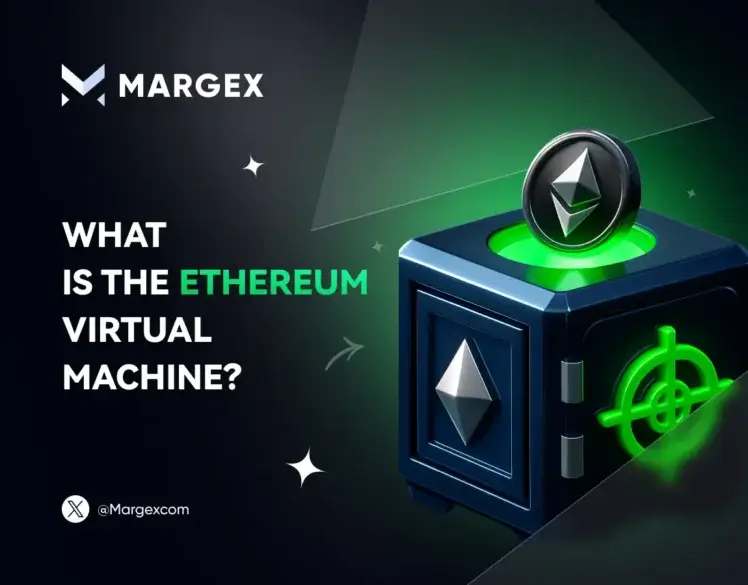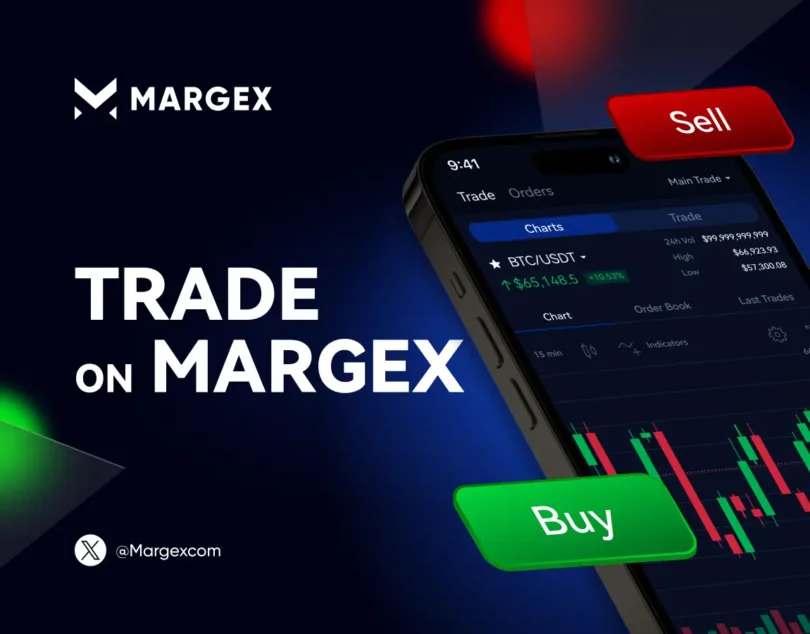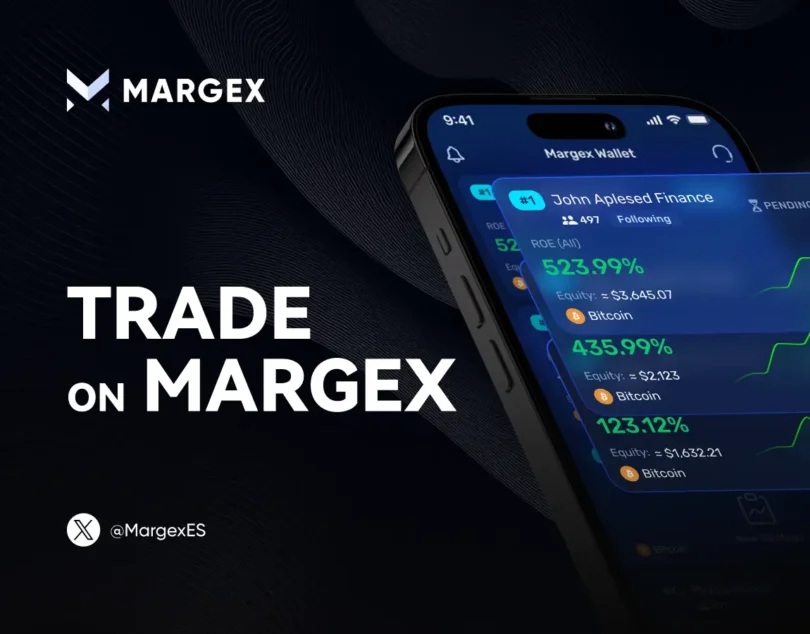What is the Ethereum Virtual Machine?

The Ethereum Virtual Machine (EVM) is a core element of the Ethereum network, the decentralized computation engine that runs smart contracts. As the body of Ethereum’s functionality, the EVM guarantees that code will execute the same way in all nodes in the network and without errors. In this article, we will explore the complexities of EVM, and the EVM role in the Ethereum ecosystem and will answer frequently asked questions regarding EVM addresses and compatibility.
Understanding the Ethereum Virtual Machine
Ethereum Virtual Machine (EVM) is a decentralized computing platform that is meant for running smart contracts on the Ethereum network. It serves the purpose of running an environment for every Ethereum account and smart contract, as a result, allowing developers to introduce decentralized applications (dApps) that run on the blockchain and do not require any central authority. A decentralized nature is one of the credentials of the EVM. It operates off a distributed network of nodes so that no one has a lock on contract execution. The EVM is also complete which means that the EVM can do anything that can be defined algorithmically as long as there are enough resources.
Smart contracts are run by the EVM using the input they get and it handles resultant state changes on the blockchain. The purpose of EVM is to allow the regulation of usage of the computational resources and prevent misuse, so EVM uses a gas mechanism. Each operation during the EVM incurs a particular amount of gas, paid for by users; this acts as a nudge to miners in validating and including transactions on the blockchain. Significantly, the smart contracts under the EVM operate in isolation, and the running of one contract does not affect the running of another contract.
Further, the EVM retains a global state in which the current balances of all accounts and smart contracts on the Ethereum network are captured to ensure consistency and transparency of the system.
Role of EVM in Ethereum Network
The Ethereum Virtual Machine (EVM) holds a pivotal position in execution of smart contracts, self-executing agreements whose terms are coded directly into them. This functionality allows for transactions without intermediaries to be automated, trustless. Being a decentralized system the EVM runs via a globally distributed network of nodes where no central entity can control or manipulate how contracts are executed. Such decentralization is not only beneficial in breaking the trust among the users but also protects the network’s security.
The role of the EVM is to keep track of every account and smart contract worldwide. It monitors changes and updates in real time, and guarantees consistency and reliability throughout the ecosystem. In order to economize on the computational resources, the EVM has a gas scheme. Each operation in a contract requires an amount of gas which will be paid by the users. This system reduces resource misuse, achieves fair sharing of resources and encourages network participants to validate and process transactions.
Another important feature of the EVM is its compatibility with high-level programming language(s) such as Solidity. The developers can develop the smart contract of these languages that are then compiled in bytecode and run on the Ethereum network. This supports the level of ease of accessibility, level of ease of development, and cross-platform interoperability. The EVM is also Turing complete thus any algorithmic computation is possible if given time and resources. This makes it very versatile to build various types of decentralized applications. Also, EVM provides security within the blockchain, in which each contract runs independently, and no contract can impact the other.
EVM Compatibility and Interoperability
EVM compatibility refers to the ability of other blockchains to support and execute Ethereum-based smart contracts. This compatibility allows developers to port their applications across different networks without significant modifications. Several prominent blockchains have adopted EVM compatibility, including:
- Avalanche: Offers high throughput and low transaction fees, supporting Ethereum smart contracts seamlessly.
- Fantom: Utilizes the Lachesis consensus mechanism to achieve rapid transaction finality, while maintaining EVM compatibility.
- Arbitrum: A layer 2 scaling solution that enhances Ethereum’s scalability while preserving EVM compatibility.
- Base: Developed by Coinbase, Base is an EVM-compatible blockchain that aims to onboard the next billion users into the crypto economy.
These EVM-compatible blockchains expand the Ethereum ecosystem, offering developers and users more options for deploying and interacting with decentralized applications.
Key Security Considerations for Ethereum Smart Contracts
Security should be the number 1 consideration when creating and deploying smart contracts on the Ethereum Virtual Machine (EVM) because vulnerabilities can cost you massive money and reputational damage. One of the most popular issues is reentrancy attacks when a function makes an external call to another contract while executing a call to another contract. This offers the called contract the opportunity to invoke recursively the original function potentially causing unintended behavior or exploitation of the contract’s logic. To avoid such situations, developers should be careful to control the sequence of operations and to use reentrancy guards.
Another important weakness is associated with integer overflow and underflow, i.e., the arithmetic operations overflow/underflow the defined limits of the data types. Such errors may lead to wrong calculation or unauthorized fund transfer. Using trusted libraries such as SafeMath can get rid of these issues because the libraries themselves have boundary checks already implemented.
Access control is yet another vital security component. Developers have to guarantee that sensitive functions are only called by authorized bodies. This is normally done by the use of modifiers that prevent function execution depending on predefined roles or ownership.
To further enhance contract security, third-party audits are very much to be encouraged. Independent security businesses are capable of doing rigorous reviews to identify and report vulnerabilities that may be overlooked by internal units. Simultaneously, internal code reviews should normally be a component of the development cycle to identify potential bugs or logic errors early.
When contracts are required to be upgradeable, the use of proxy contract patterns enables old contract logic to be upgraded without changing the original address or state. Such an approach is suitable for targeting discovered vulnerabilities after deployment. It is possible to compensate for the fact that changes enter into force for users starting from a certain date-time using timelocks ensuring transparency and the opportunity to respond to the scheduled updates.
Recent Developments: Pectra and Fusaka Upgrades
Ethereum still gets updated and there are major upgrades directed at improving the EVM capacities.
Pectra Upgrade
On May 7, Ethereum passed the Pectra upgrade that brought changes to the EVM, which enhanced the scaling and the user experience. This upgrade retains parts from earlier upgrades; it simplifies the execution of the smart contract and saves gas consumption.
Fusaka Hard Fork
Set for late 2025, the Fusaka hard fork is meant to introduce the EVM Object Format (EOF) – a controversial move which changes the way smart contracts are deployed and executed. Although the EOF expects increased efficiency and security, it has caused debate among the developer community on how it might affect current contracts.
Exploring Alternatives: RISC-V Proposal
A move to a RISC-V-based architecture for the ETH EVM is being put forward by Vitalik Buterin, co-founder of Ethereum. RISC-V, which is an open architecture instruction set, has the possibility of benefits which include increased efficiency and scalability. By taking RISC-V, Ethereum could process transactions faster and have better support for zero-knowledge proofs, thus improving privacy and scalability.
However, this proposal also concerns the compatibility and complexity of migration of currently existing smart contracts to a new architecture. The Ethereum community keeps arguing about advantages and difficulties of such transition.
Conclusion
The Ethereum Virtual Machine is the bedrock of the Ethereum network that makes smart contract execution possible as well as creates a thriving ecosystem of decentralized applications. As Ethereum improves with the introduction of Pectra and fresh proposals such as the RISC-V transition, the EVM is fundamental in enabling Ethereum to adapt and grow. Knowing what the EVM does, what it’s compatible with, and what it could lead to in the future is vital to anyone in the blockchain space.
Frequently Asked Questions
What is an EVM address in crypto?
EVM address is a unique address within the Ethereum and EVM-compatible blockchains. It usually begins with “0x” and proceeds with 40 hexadecimal characters which are the public key generated from a private key of a user. Through this address, users are able to send and receive assets, interact with smart contracts and join decentralized applications.
What does EVM mean?
EVM is the abbreviation for Ethereum Virtual Machine. It is the runtime environment that runs smart contracts on Ethereum network and guarantees that code runs always consistently and safely across all nodes.
Which crypto is EVM compatible?
Some of the EVM-compatible cryptocurrencies and blockchains are Avalanche, Fantom, Arbitrum, and Base. These platforms allow for interoperability by supporting Ethereum-based smart contracts and increasing the scope of decentralized applications.
What is a non-EVM in crypto?
Non-EVM blockchains do not adhere to the Ethereum Virtual Machine’s standards. They often employ different virtual machines, programming languages, and consensus mechanisms. Examples include:
- Solana: Utilizes a unique architecture for high-speed transactions.
- Algorand: Employs a pure proof-of-stake consensus mechanism.
- Tezos: Features an on-chain governance model and its smart contract language.
These non-EVM blockchains offer alternative approaches to scalability, security, and decentralization.


